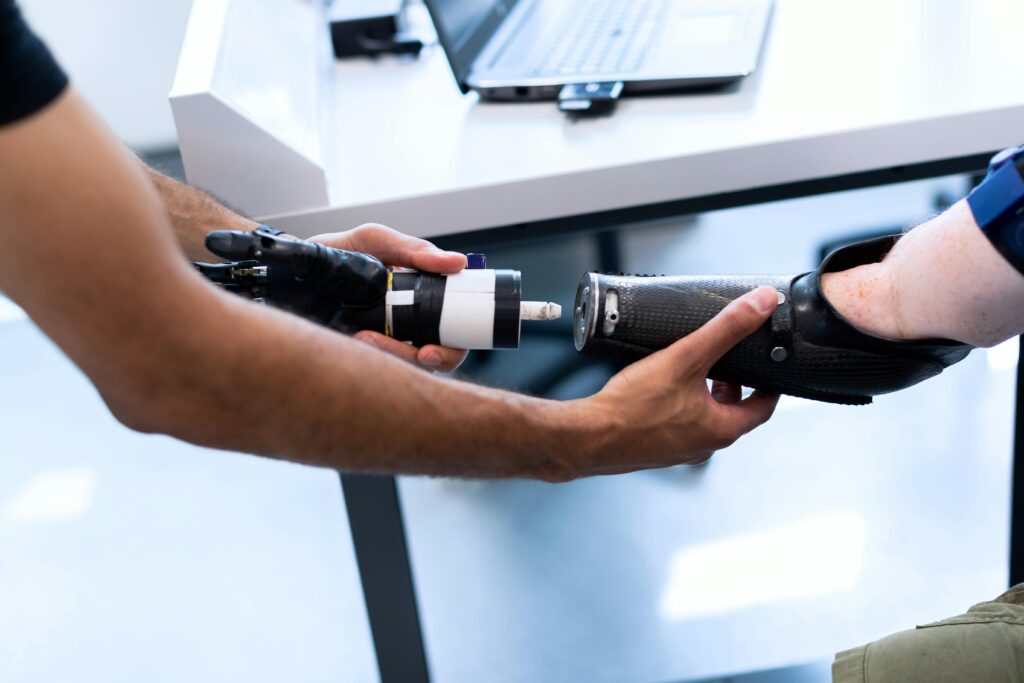
Are you a healthcare professional who has an idea — maybe an AI powered app to solve a daily pain point, or a device to make life easier for patients — and now you’re wondering if it’s worth building?
You’re not alone. Many doctors, nurses, technicians, and healthcare managers get flashes of ideas based on real experiences. But turning that idea into something real — a product, a service, maybe even a startup — takes time, energy, and often, money.
So before you dive in head-first, here’s a practical way to evaluate whether your idea is actually worth pursuing. This isn’t theory — this is grounded in real-world experience, with a friendly warning here and a nudge there.
1. What problem is it solving?
Be brutally honest. A lot of ideas are just nice to have, not need to have. In healthcare, where time and budgets are stretched thin, people don’t have time or money for “nice to have.”
Ask yourself:
- Who is facing this problem — doctors, nurses, patients, administrators?
- What are they doing currently to deal with it?
- Is your solution genuinely better, easier, faster, or cheaper than what they already do?
Tip: Talk to real people. Call up five colleagues. Ask them if this problem is something they’d pay to fix or actively want fixed and how much would they pay to have it fixed. Their reaction will tell you a lot.
2. How acute is the problem?
Think of this like a pain scale from 1 to 10. Is this problem something that people can manage or is it a big problem which is causing massive inconvenience
- High-acuity problems (like delays in test results, medication errors, burnout among staff) create strong motivation to change.
- Low-acuity problems (like slightly inefficient scheduling or clunky logins) may not be painful enough for people to switch or pay.
Try this: Frame it like a conversation. “Hey, does it bother you that ____ happens every day?” If they respond with a story or strong opinion, you’re onto something.
3. How frequent is the problem?
Even if the problem is serious, if it only happens once a year, it’s going to be hard to build a business around it.
Ask:
- How often does this happen — per day, per patient, per shift?
- Does it happen across multiple departments or types of hospitals?
- Is this just a “big hospital” problem or also seen in smaller clinics?
You want to aim for problems that are both acute and frequent — those are golden.
4. Is it scalable? Let’s talk software, hardware, and human resources.
Once you’ve identified a real problem, the next step is thinking about how you’re going to solve it — and how easily your solution can spread.
Here’s a quick breakdown:
Software-based ideas (apps, platforms, AI tools):
- Pros: Easily scalable, relatively low-cost to distribute, easy to update.
- Cons: Needs good design, ongoing tech support, and often tough competition.
Good if: The problem can be solved with automation, data, or coordination.
Hardware-based ideas (devices, wearables, instruments):
- Pros: Tangible, sometimes patentable, can have strong clinical value.
- Cons: Expensive to develop, needs regulatory approval, supply chain challenges.
Good if: Your solution requires physical interaction (e.g., diagnostics, monitoring).
Human-resource based ideas (specialized services, expert marketplaces, managed care teams):
- Pros: Can plug into existing workflows, builds trust.
- Cons: Harder to scale, relies heavily on training and quality control.
Good if: The problem needs a human touch — like chronic care support or behavior change.
Reality check: The more your solution relies on people, the harder (and more expensive) it is to scale. Doesn’t mean it’s bad — just know what you’re getting into.
5. How crowded is the space?
Do a quick Google search. Is someone already solving this problem? That’s not necessarily bad — in fact, it often means it’s a real issue. But if there are already 10 apps doing the same thing, you need to ask:
- What’s different or better about your approach?
- Why will someone switch to your solution?
If your answer is “I’ll just market it better,” pause and rethink.
6. Do you have access to the right people or resources?
Even a great idea needs the right team, network, and sometimes funding to move forward.
Ask:
- Do I have access to users who can test and give feedback?
- Can I build this myself, or do I need technical or clinical co-founders?
- Do I understand the compliance or data privacy rules?
You don’t need everything figured out now, but it helps to know what’s missing.
7. Can you start small?
Avoid going all-in before testing.
Build a simple prototype. Show it to users. Ask for brutally honest feedback. This is called a Minimum Viable Product (MVP) — and it saves time and heartache.
Some ways to start:
- A clickable mockup (Figma or Canva)
- A simple Excel-based version
- A pilot in one clinic or with one patient group
The goal is to validate your idea with the least effort possible.
Final Thought:
Don’t fall in love with the solution. Fall in love with the problem.
Great healthcare ideas don’t come from “cool tech” — they come from deeply understanding real problems that real people face. You’re already closer than most because you live in that world.
So before you start coding, building, or spending — take a step back and ask:
Is this a real pain point?
Does it happen often?
Can I make a small, testable version?
Can this grow without burning me out?
If the answer is yes — go for it. But do it with your eyes open, and start small.
If you’re unsure how to validate your idea or want help thinking through the next steps, feel free to reach out or even drop your idea here — I’d be happy to walk through it with you.
